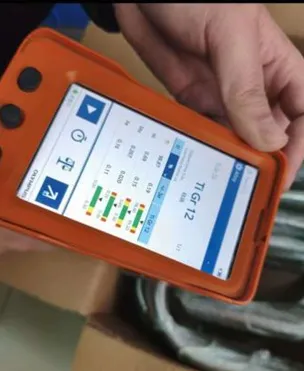
Precision measuring tools are used to ensure tight tolerances in diameter, wall thickness, and length.Visual and microscopic inspection for surface defects, scratches, or contamination.
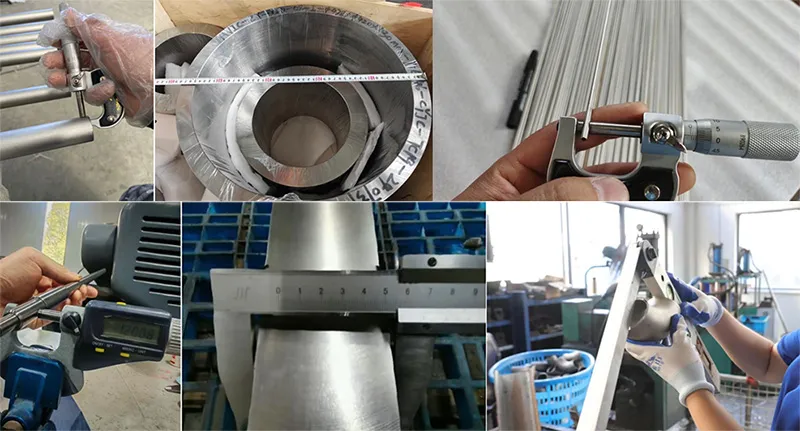
Using spectrometers (e.g. ICP, OES) to verify compliance with ASTM B348, ASTM B861, etc.
Detection content: Ti, Fe, C, N, O, H, Al, V and other elements content.
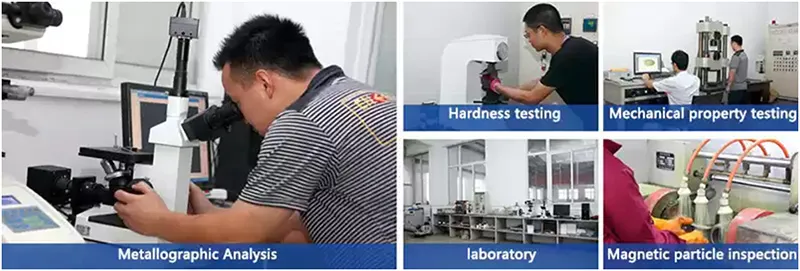
Tensile strength, yield strength, elongation, and hardness are tested to ensure material integrity.
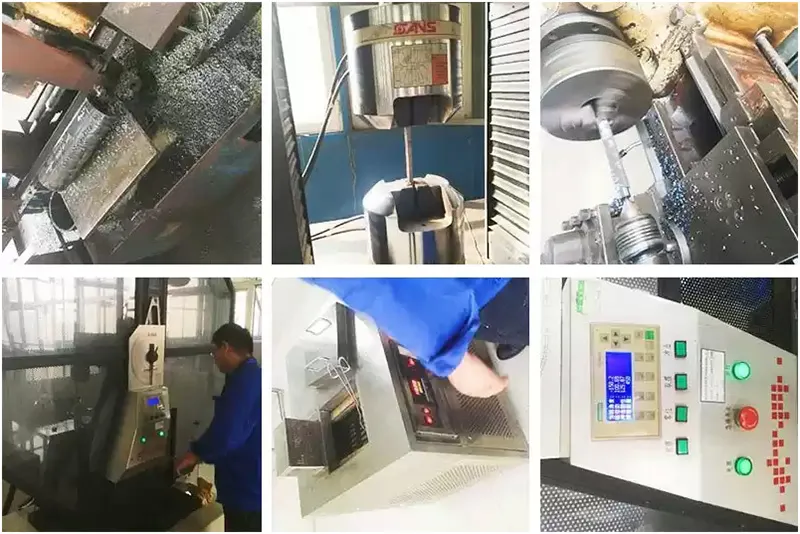
Nondestructive testing includes five kinds of testing methods, including ray testing (RT), ultrasonic testing (UT), magnetic particle testing (MT), penetration testing (PT) and eddy current testing (ET).
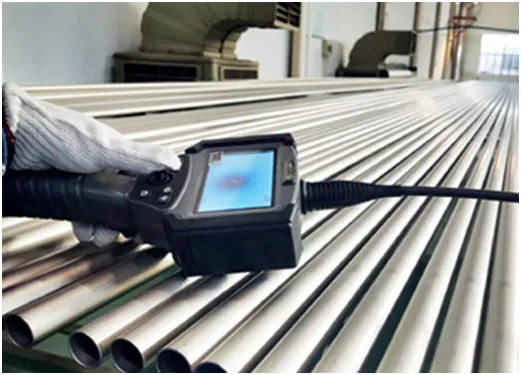
Ultrasonic Testing (UT)
100% ultrasonic inspection to detect internal flaws and ensure soundness.
Execution standard: ASTM B348, AMS 2631, GB/T 4162, etc.
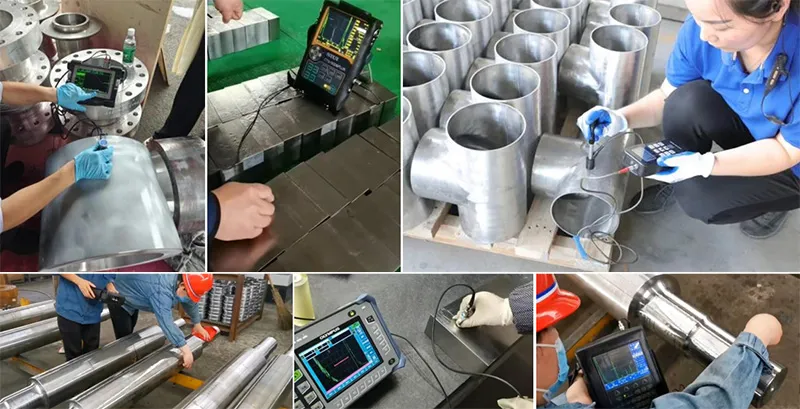
Hydrostatic or Air Pressure Test
Each item is pressure-tested to ensure no leakage or deformation under specified conditions.

Penetrant Testing (PT)
Dye penetrant inspection is conducted on the tube surface to reveal open-surface defects such as cracks or porosity.
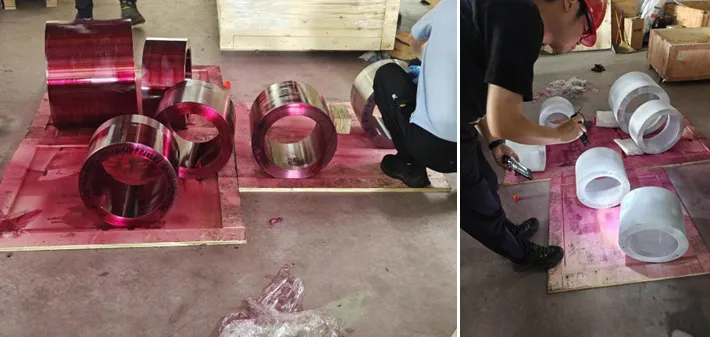
Ensures consistent shape and proper fit for engineering applications.

Performed to confirm metallurgical properties, particularly for aerospace-grade materials.
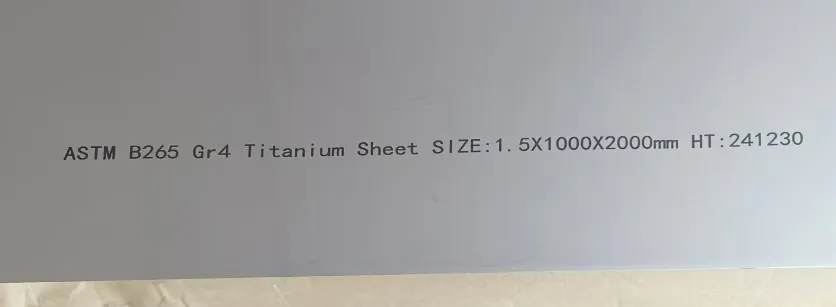
Titanium Bars / Forgings:Each titanium bar is wrapped in plastic film and anti-rust paper, then securely packed in strong wooden cases with foam padding to prevent damage during transportation.
Titanium Tubes: Each titanium tube is capped, plastic-wrapped, and bundled with soft padding between layers, then packed into strong wooden crates.
Titanium wires:spooled and packed with moisture-proof film, then placed in fumigated plywood boxes with clear labeling for easy traceability.
Titanium plates: are interleaved with anti-rust paper, bundled tightly on pallets, and enclosed in wooden crates with reinforced corners.
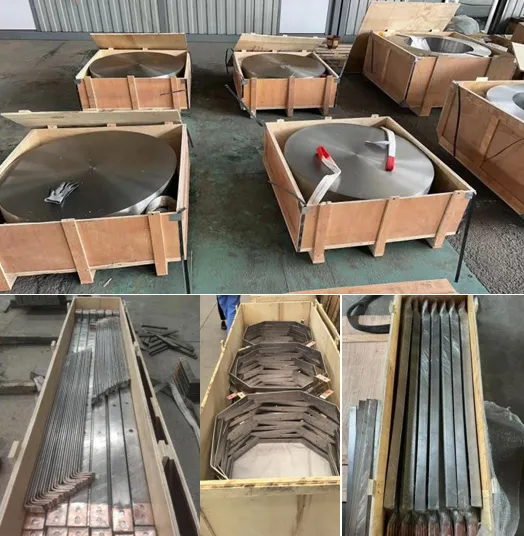
Mill Test Certificate (MTC) according to EN10204 3.1
Third-party inspection reports (SGS, BV, TUV) available upon request
